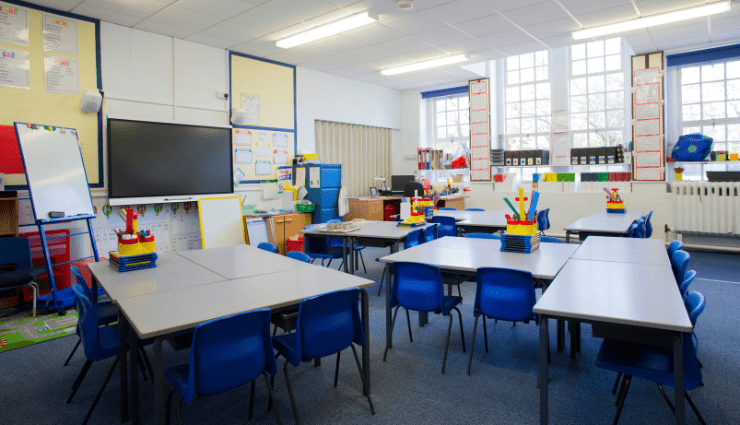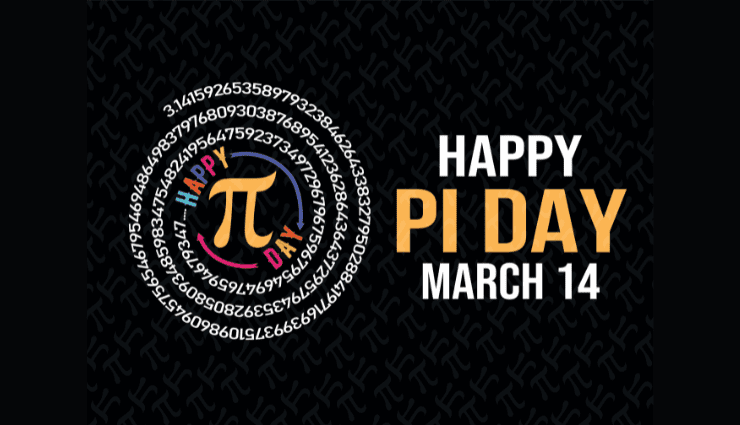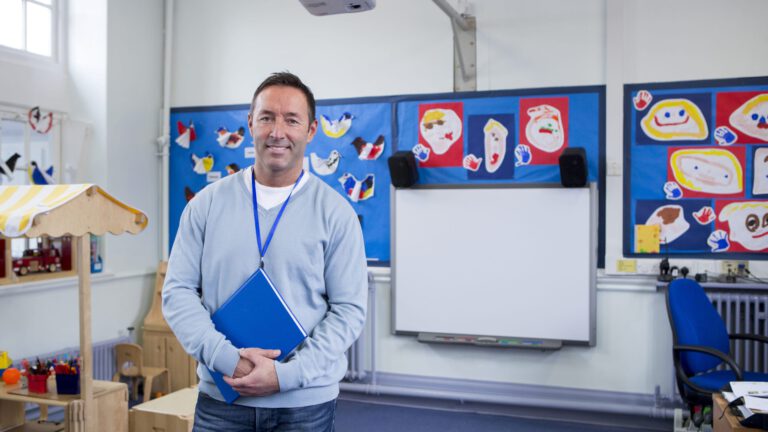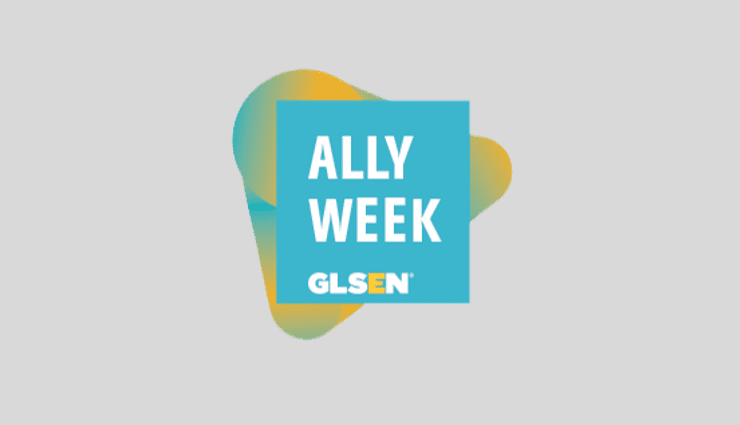The Curriculum Question

Peter Gow, executive director of the Independent Curriculum Group (ICG), a consortium of independent schools committed to high-quality, mission-based curricula, knows independent schools as well as anyone. His grandfather started The Gow School near Buffalo, New York. His father, David Gow, was headmaster of The Gow School from 1977-1990. Peter not only grew up on the campus, he went on to be an independent school teacher, administrator, and college counselor for 40 years, most recently at Beaver Country Day School in Massachusetts. Peter has also written widely on education. His books include “An Admirable Faculty” (NAIS, 2005), “The Intentional Teacher” (Avocus, 2009), and “What Is a School?” (Publish Green, 2011). Given the torrent of cultural changes of late and the challenges they bring to the field of education, I caught up with Peter to get his sense of the state of the independent school community today — especially regarding new thinking on curriculum development, the central topic of the ICG.
Michael Brosnan: The ICG came into existence in 2009. What was the impetus for a new association among independent schools at the time? What was the perceived need?
Peter Gow: In 2009, we were coming off the Crash, and a lot of schools were suddenly waking up to the news that the times really were a-changin’. That was when the drumbeat to “innovate,” to change and advance, was really picking up pace and volume, and schools and school leaders were looking for sources of information — How do we do this innovation thing? — and for like-minded educators with whom to share ideas, problems, and resources. Becoming part of the nascent ICG offered both of these things.
Brosnan: Just about every article on school reform these days uses the term “innovation.” But in a recent article, you’ve said you have “a somewhat uncomfortable relationship with the ‘I Word.’” What is it about the word “innovation” that makes you uncomfortable?
Gow: I guess I’m something of a strict constructionist regarding innovation: I want true innovation to be something that’s really original rather than a new-ish practice that tons of schools are doing. Having a roomful of 3-D printers, for example, isn’t innovative because everybody, or just about everyone, has a 3-D printer or ten. But I see teachers who are doing really novel and original things in classrooms — sometimes even things involving 3-D printers. That’s innovation, for sure, but schools that bandy around the word “innovative” about themselves ought to forget the adjective and start telling the actual stories of what’s going on in their classrooms and why it’s effective for their own students.
Our ICG tagline is “Innovative by Definition,” which means that whatever a school is doing to specifically serve its own population of students in alignment with its own unique mission and values is necessarily original and distinct from what others might be doing. I’ll call that “innovation,” but the real job for each school is to develop and share a narrative that explains what they’re doing and how and why it matters in the lives of students.
Brosnan: Can you give me examples of some of the more noteworthy independent curriculum efforts in ICG member schools today?
Gow: I’m most excited when I hear about schools that are using some of the ideas in our Principles of Independent Curriculum in their strategic thinking. The most important and challenging work involves rolling together curriculum and pedagogy with actionable work around issues of social justice and community engagement. I see lots of schools upping their game in the design of really exciting curriculum that enacts mission, embeds school values, and really responds to the interests and needs of the students in the room.
We know that the kids, like the rest of us, are going forward into an unknowable world, and the more we can help them see and experience the connections between values and ethics and the critical and creative use of their minds and hearts, the better the future can be.
Brosnan: In her new book, “The New Education,” Cathy Davidson argues that the template of majors, minors, electives, and credits has served higher education well, but that it is past time to bring a willingness and energy to structural change. I know this question is discussed and debated at the precollegiate level, too. Through your work with ICG, do see any clear new model emerging? Or promising new directions?
Gow: There’s a lot of conversation about new paradigms, and the Mastery Transcript Consortium is breaking trail for a new system that focuses on skills and dispositions. But there is still a great deal of anxiety about “content” and the idea that focusing on skills — and on social justice, experiential learning, creativity, civic engagement, and pretty much everything else that we know that the education system and kids need more of — robs time from content acquisition in a kind of time-delimited zero-sum game. This is so wrongheaded that it makes me want to weep.
We in the “ed biz” need to start finding ways to make an overarching case to the general public that these new emphases and the practices that support them are critically important (and, by the way, we need our kinfolk in higher education to support this). It’s kind of pathetic that we leave explaining and justifying these practices to individual schools in the competitive independent school marketplace rather than making common cause with one another on behalf of a more meaningful education for every child in every kind of school. School A’s marketing office ballyhoos “design thinking” at the expense of School B, which may even do it better — but who is trying to explain to all families what design thinking is and why it matters? Doing the latter work would build support for the paradigm shift we need. Education needs its Bill Nye or Neil deGrasse Tyson to get the word out.
Brosnan: What’s next for the ICG?
Gow: Great question. We’re continuing to explore new and more effective ways to connect the people, the ideas, and the resources that schools need to become the best possible versions of themselves.
I’m of the belief that, as a consortium, we’re only as strong as the number and commitment of institutions in our community, and I would love to have more schools — including public and mission-driven public charters — join our group and expand the nature of the collaborations we try to foster. We’ve even made it possible for schools and even districts serving predominantly low-income populations to become part of the ICG at no cost.
It’s certainly implied in the ICG mission, but my personal mission is to get educators from all sectors talking and listening to one another. It’s the only way we’re going to figure out how to use education — and I think it’s our last, best hope — to save the world.
Michael Brosnan is an independent writer and editor, with a particular interest in education and social change. He can be reached at michaelbrosnan5476@gmail.com.








